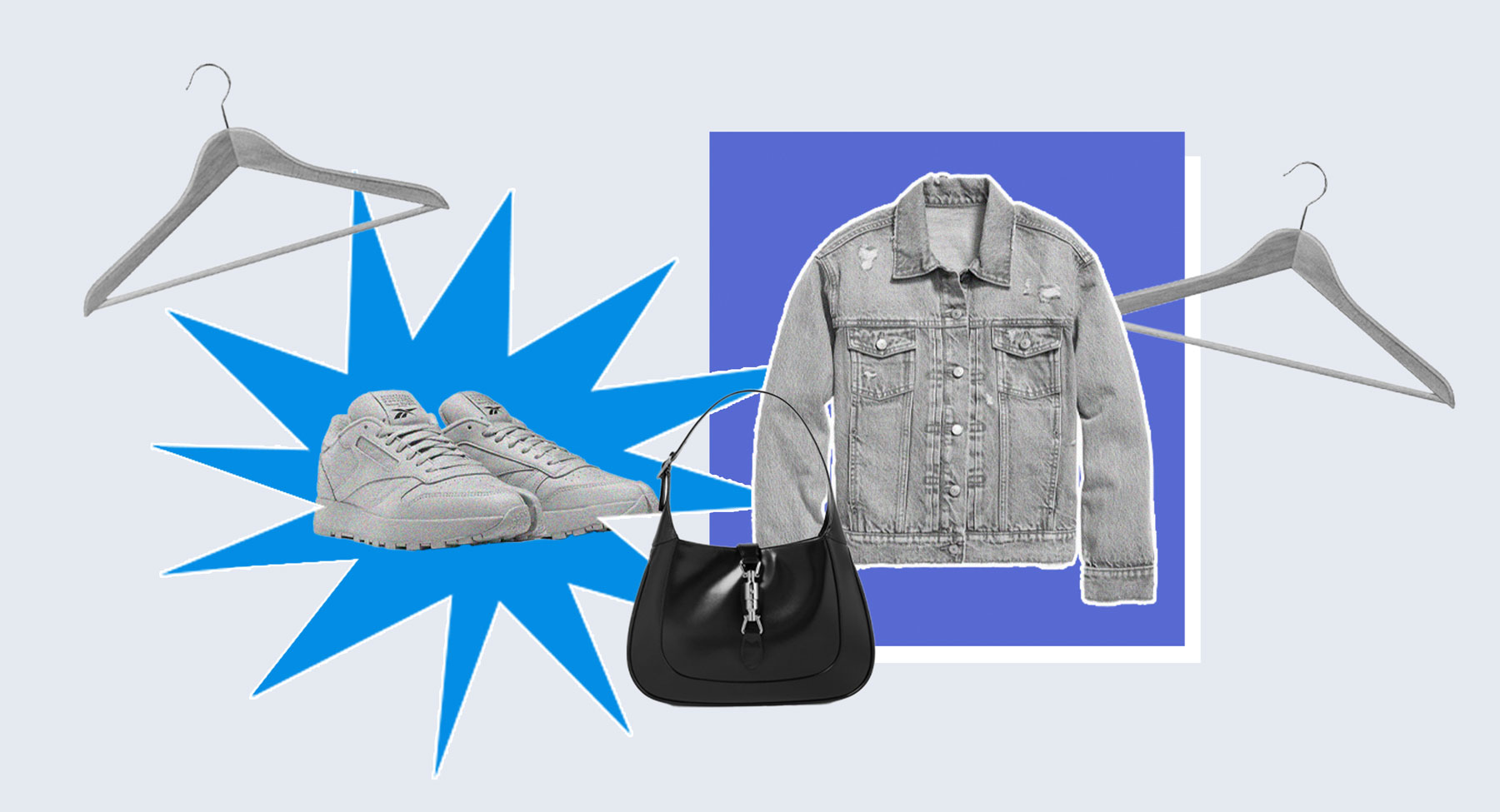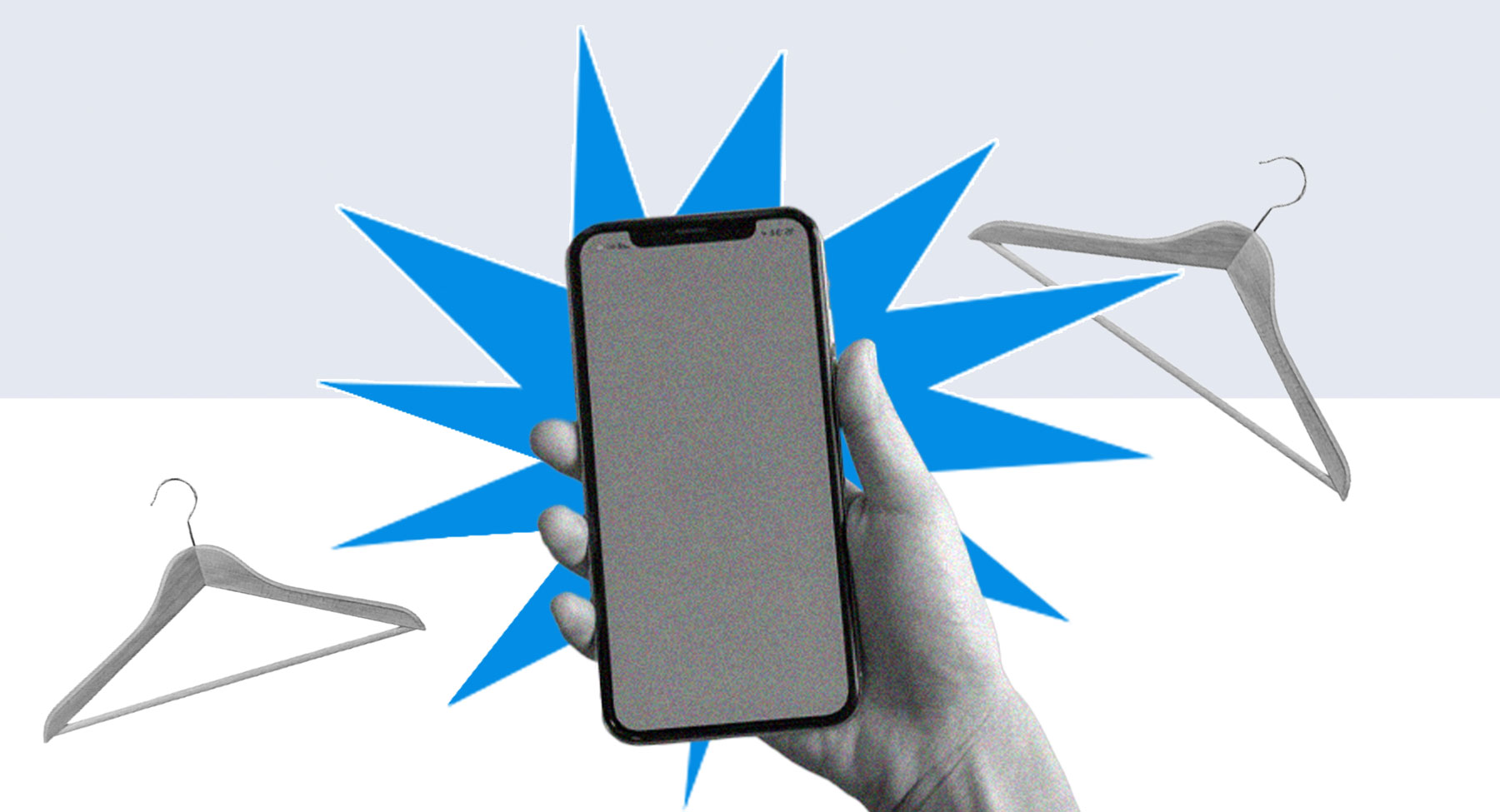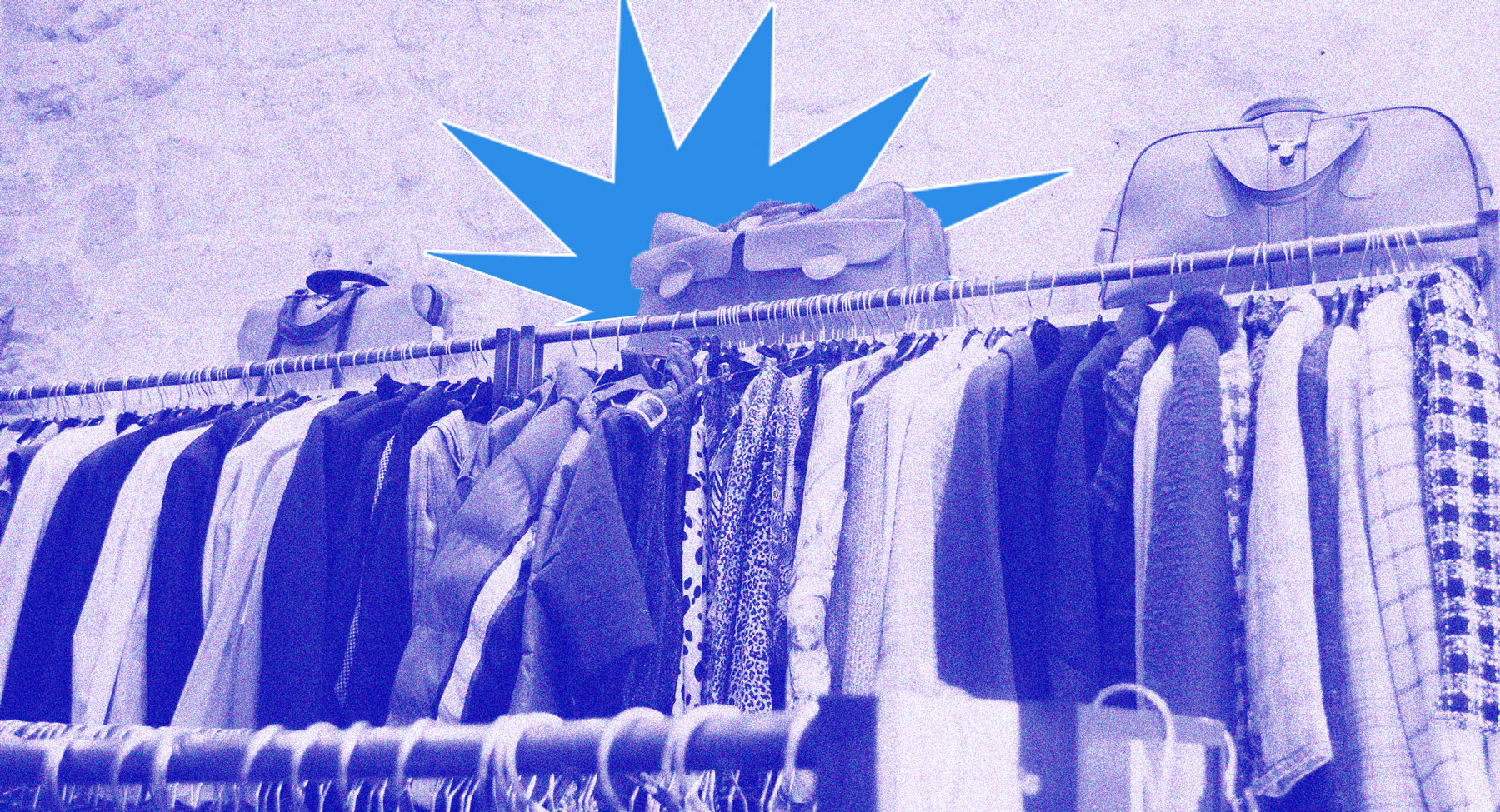
I’ll be honest: waiting for the lift at Istituto Marangoni Milano is always an excellent opportunity to understand which shopping trends are the most popular, especially among the students. Don’t worry, I’m not eavesdropping on their conversations! However, I do pay close attention to their looks, which speak volumes about Gen Z’s spending habits.

Fashion students love to shop second-hand. Pictured above are some of their favourite items
Do you remember the JW Anderson Pierce bag that hit the sales boom a few years ago? It’s one of the most frequently purchased second-hand pieces at the school on Via Verri. But you can also spot the Maison Margiela x Reebok Classic Leather Tabi trainers in the hallways, along with some Jackie bags by Gucci – thanks to their comeback on the runway during the debut show of new creative director Sabato De Sarno. There are even a few Birkins or Kelly bags (maybe straight from mum’s or grandma’s wardrobe), styled with an oversized sweatshirt and sneakers.

Gen Zers have created a demand for pre-loved clothing and sustainably shop second-hand on online platforms such as Vestiaire Collective, Vinted, Depop, Ebay
Where do you buy these vintage fashion gems? Mainly from second-hand platforms such as Vinted and Vestiaire Collective, which also certify the authenticity of the garment or accessory being purchased, which should be underestimated. In other words, Gen Zers love thrifting and reselling, so they are quite into pre-loved e-commece websites. Their interest in second-hand goods allows them to afford higher-end brands and invest in durable luxury, making it a smart, cheaper and responsible choice, which is also part of the fight against fast fashion.
Visualizza questo post su Instagram
Just a few days ago, Vestiaire Collective announced it would ban a new list of fast fashion brands from its platform. After banning ultra-fast fashion brands in November 2022, the leading online marketplace for pre-loved luxury fashion has now made a further effort to encourage consumers to buy quality over quantity with the second phase of a three-year plan. In collaboration with a committee of fashion and sustainability experts, Vestiaire Collective has taken a further step in its mission to reduce fashion’s environmental and social impact by combating overproduction and overconsumption. The results of the project since its launch last year are promising: 70% of the members affected by the ban have returned to the platform to buy better quality items and invest in second-hand goods.

The resale market will be worth $350 billion by 2027, driven by Generation Z consumers, according to online second-hand platform Thredup
It seems that the second-hand market could become a top destination for luxury shopping, and the evidence supports this claim.
Angelo Ruggeri
Journalist and Master Course Tutor & Fashion Styling Course Leader, Milan

